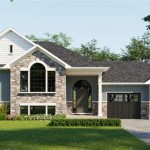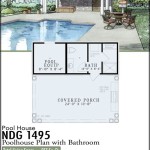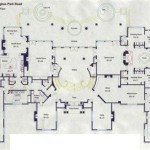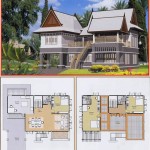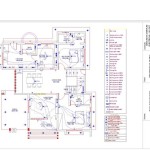Essential Aspects of Small Wood Frame Home Plans
Small wood frame homes offer a balance of affordability, efficiency, and flexibility in residential construction. They are popular choices for first-time homebuyers, downsizers, and those seeking cozy and sustainable living spaces. Understanding the key aspects of small wood frame home plans is crucial for creating functional and comfortable dwellings.
1. Material Selection
Wood frame construction typically utilizes dimensional lumber, which is machine-graded and standardized for strength and durability. The species of wood selected, such as pine, fir, or cedar, influences factors like cost, durability, and environmental sustainability.
2. Foundation Type
The foundation supports the entire structure and must be appropriate for local soil conditions. Crawl spaces provide access to plumbing and electrical systems, while slab-on-grade foundations are less expensive and suitable for stable soils.
3. Floor Plan Layout
Small home plans typically have one or two stories. Optimizing space utilization is essential, with an efficient flow between rooms. Open floor plans create a sense of spaciousness, while separate rooms provide privacy and functionality.
4. Exterior Design
The exterior appearance of a small wood frame home can be customized to suit personal preferences. Siding options include vinyl, wood, or fiber cement, each with varying levels of durability and aesthetics. Architectural features like porches, dormers, and window styles add character and curb appeal.
5. Roof Design
Roof design considerations include pitch, shape, and materials. Gable and hip roofs are common choices, offering durability and drainage. Roofing materials like asphalt shingles, metal, or tiles impact both appearance and longevity.
6. Energy Efficiency
Small wood frame homes can be designed to be energy-efficient, reducing utility costs and environmental impact. Proper insulation, energy-efficient windows and doors, and solar panels are common features that maximize energy efficiency.
7. Indoor Air Quality
Indoor air quality is vital for health and comfort. Natural ventilation, air filtration systems, and low-VOC (volatile organic compound) materials contribute to a healthy indoor environment.
8. Cost Considerations
The cost of a small wood frame home plan depends on factors such as size, materials, and location. It is essential to compare costs from multiple builders and consider ongoing maintenance expenses when budgeting for a new home.
9. Sustainability
Sustainability practices can be incorporated into small wood frame home plans by using energy-efficient appliances, recycled materials, and sustainable building practices. This reduces the environmental impact and creates a healthier and more responsible home.
10. Customization
One of the advantages of small wood frame homes is their flexibility. Plans can be customized to accommodate specific needs and preferences, ensuring that the resulting home meets the unique requirements of its occupants.
In conclusion, small wood frame home plans offer numerous benefits and possibilities. By understanding the essential aspects discussed in this article, individuals can create functional, comfortable, and sustainable living spaces that meet their specific needs and aspirations.

Unique Small House Plans A Frames Cabins Sheds Frame

Our Small Timber Frame House Plans

Amazing A Frame House Plans Houseplans Blog Com

Most Requested Timber Frame Floor Plans Check Them Out

Small A Frame House In Romanian Carpathia Part 1 Wooden Plans Micro Cabin Garden Shed Cottage Blueprints

Pin On Home Projects Furniture

14x16 A Frame Cabin Plan Two Story Triangular Tiny House
Small Timber Frame House Plans Hamill Creek

Tiny A Frame Cabin Diy Plans 12 X 18 Home

Wood Wooden House Construction Projects Building Plans Home Floor Designs Frame Houses Walls Structure

